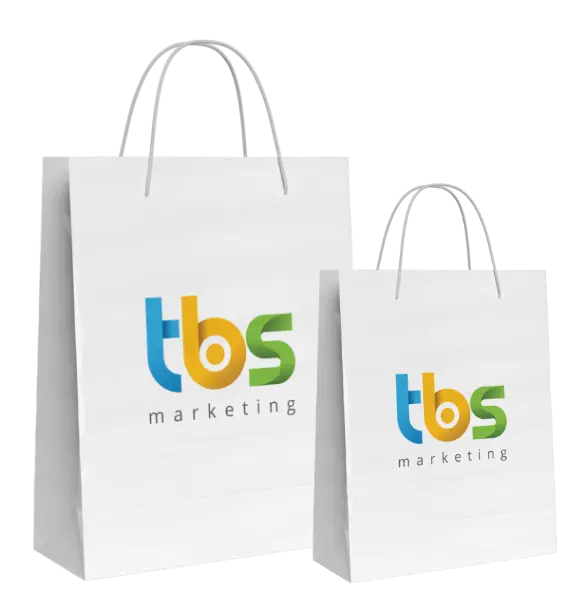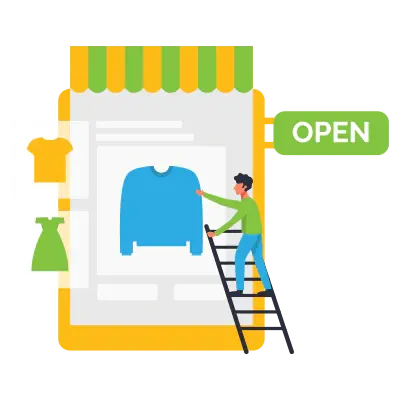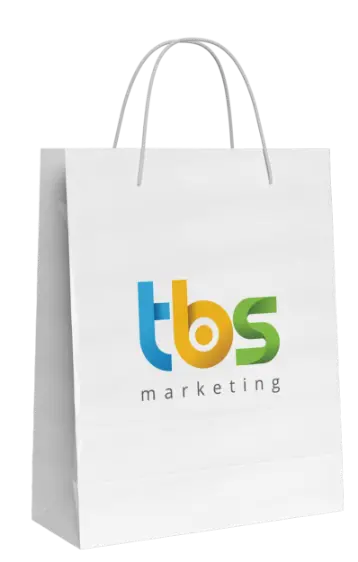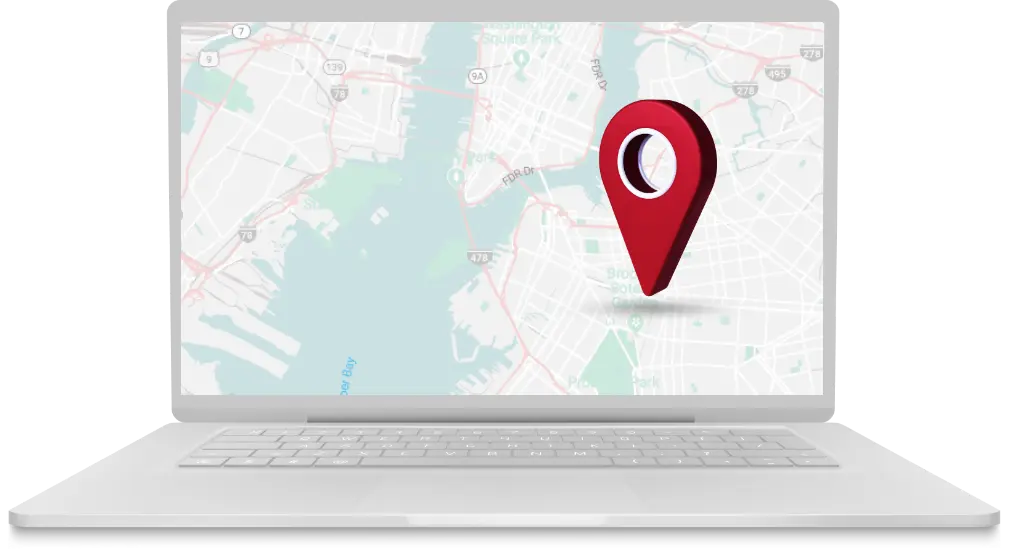Retail Marketing
Retail Marketing refers to the strategies and processes retailers use to gain customers and sales.

Why It is essential to market your retail business online
When it comes to running a successful retail business, it is essential to think critically about how you market your products and services. A key strategy for maximizing ROI and reaching a wider audience is to take your marketing efforts online. By leveraging digital platforms you can not only expose more potential customers to your offerings, but also capture crucial data that can inform your overall business strategy. Additionally, online shopping has become increasingly popular in recent years due to the high value that consumers place on convenience and choice. In fact, an estimated 90% of people aged 18-44 now shop online at least once a month. As such, it is more important than ever to make sure that your retail business has a strong online presence. By embracing digital marketing strategies that speak directly to today's connected consumers, you can ensure that your business thrives in the ever-changing marketplace. After all, savvy retailers know that staying ahead of the curve means leveraging technological tools to stand out from the crowd and maximize market penetration. In short, when it comes to taking your retail business to new heights, marketing online is crucial for success!
If you're looking for experienced retail digital marketers who are focused on ROI, then look no further than TBS Marketing. We have a team of seasoned professionals who know how to get results. We'll work with you to develop a personalized marketing strategy that will help you reach your goals. Whether you're looking to increase brand awareness, generate leads, or drive sales, we can help. Contact us today to learn more about what we can do for you.
What is Retail Marketing?

This refers to the whole process, from the businesses who create and sell the product to a store or online company, who then depend on customers to buy from them. This means the retailer, the intermediary between manufacturer and consumer, works with both sides to get the products to the customers. The key points of Retail Marketing are generally known as the four ‘P’s’, Product, Price, Place, and Promotion. Below we will go through these four key components in more detail, describing how Retail Marketing works and some strategies to ensure success.

Product
Price
Price again seems simple but there is a lot to consider. You can take the traditional route of the costings calculator – work out how much the product cost to make, including of course all overheads etc., and then add on how much profit you want to make.

Place
You obviously need a place where people can purchase your products. This can be a physical store or it can be online; it is essential to know your target market and where that person is most likely to shop.

Promotion
It is crucial to communicate to your target audience information about your product, where they can buy it and why it is the right product for them. To do this you must first know who it is you are aiming to sell to. Once you have your ideal target market down, there are many different ways of advertising to them.

Physical vs Digital Retail Marketing

While there are still many benefits to Physical Retail Marketing, it must be said that digital is continuously growing and a huge source of custom. Physical Retail Marketing involves everything in your physical store from your displays to your staff. Staff are a key source of information, put people at ease and up-sell to increase the amount a person spends when they come into the store.

Digital Marketing is a better way to reach new customers, utilising social media, paid ads and email campaigns are all great strategies to promote your business or product. Google Shopping Ads show images of your products and give a detailed description which again allow people to feel more like they have an exact idea of what your product is and if it’s what they are looking for.
